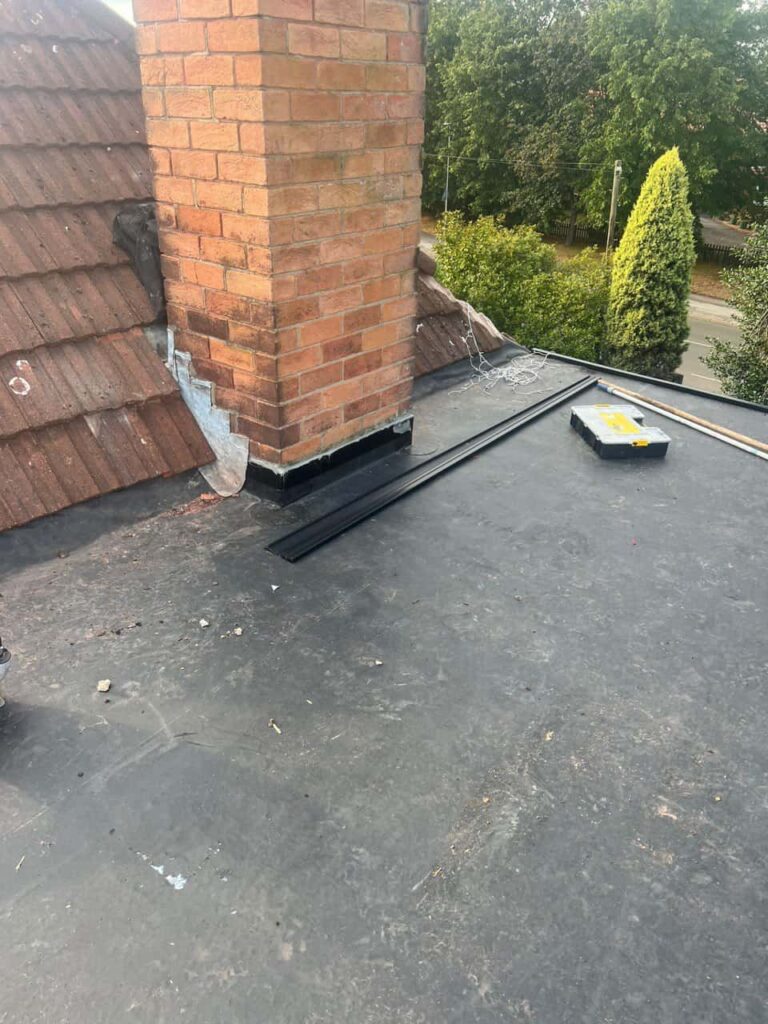A well-constructed gable end roof is not only defined by its slope or tiles but also by the attention paid to its finer details—particularly the soffits, fascias, and ventilation systems. These components work together to ensure durability, weather resistance, and energy efficiency. For homeowners in Worksop, understanding how these elements function and why they matter can help protect the integrity of your home. Worksop Roofing Repairs explains the key roles these features play and what to look for when maintaining your gable end roof.
Understanding the Structure of a Gable End Roof
A gable end roof is one of the most common roof types found in British homes. It features two sloping sides that meet at a central ridge, creating a triangular end wall—the gable. This design provides effective water runoff and allows for additional loft space or attic ventilation. However, without proper detailing, the exposed edges of a gable end can be vulnerable to weather damage, moisture intrusion, and inadequate airflow.
The Role of Fascias in Gable End Roofs
What Fascias Do
The fascia board is the horizontal panel fixed along the lower edge of the roof, just beneath the edge of the tiles. It provides a finishing touch to the roofline and acts as a barrier between the roof’s edge and the elements. Fascias:
- Support the bottom row of tiles and guttering
- Prevent rainwater from entering the roof cavity
- Enhance the visual appeal of the property
Why Fascias Need Regular Inspection
Over time, fascias can deteriorate due to constant exposure to moisture, frost, and UV rays. Common signs of wear include warping, peeling, or rot, which can lead to water ingress and affect the roof structure. Worksop Roofing Repairs often finds that timely replacement or repair of fascias prevents further complications and preserves the home’s exterior appearance.
The Importance of Soffits in Roof Detailing
What Soffits Are
Soffits are the panels fitted beneath the fascia board, bridging the gap between the exterior wall and the roof edge. They play both a functional and aesthetic role, giving a clean, finished appearance to the roofline while providing essential ventilation.
Why Soffits Are Important
Soffits are crucial for allowing air circulation into the roof space, which helps regulate temperature and prevent condensation. Without adequate ventilation, moisture can build up inside the loft, causing timber decay or mould. A well-maintained soffit system ensures that fresh air can enter while keeping pests, birds, and debris out.
Ventilation: A Critical Yet Overlooked Element
Proper ventilation is one of the most important aspects of gable end roof detailing. Good airflow keeps the roof space dry, stable, and energy-efficient. When ventilation is blocked or inadequate, it can lead to a range of issues, including:
- Damp insulation reducing energy performance
- Condensation that encourages mould growth
- Decaying roof timbers due to trapped moisture
- Shortened lifespan of roofing materials
Types of Roof Ventilation
- Soffit vents: Small openings fitted into the soffit boards to allow airflow into the roof space.
- Ridge vents: Located at the roof’s highest point to allow warm, moist air to escape.
- Tile vents: Installed in specific areas of the roof to enhance circulation when required.
Regular maintenance and inspection of these ventilation systems ensure that your roof continues to breathe properly, protecting it from internal damp and external wear.
Combining Function and Aesthetic Value
The detailing of soffits and fascias not only influences the roof’s functionality but also its overall appearance. Clean, well-fitted boards improve kerb appeal and give your property a polished look. Many homeowners in Worksop choose to update these components to match modern materials that offer improved longevity and minimal maintenance while maintaining a traditional appearance.
Signs That Soffits, Fascias, or Ventilation May Need Attention
- Peeling paint or visible cracks along the roofline
- Persistent condensation or dampness in the loft
- Sagging gutters or water overflowing during rain
- Mould growth near roof edges or eaves
- Visible gaps allowing birds or insects to enter
These warning signs should not be ignored, as small defects can quickly lead to larger roofing issues. Worksop Roofing Repairs can assess and restore all aspects of gable end roof detailing to ensure lasting protection and performance.
Conclusion
Gable end roof detailing is about much more than appearance—it’s about safeguarding your home from the elements while maintaining proper airflow. Soffits, fascias, and ventilation each play a vital role in keeping your property structurally sound and visually appealing. Regular maintenance and expert attention from Worksop Roofing Repairs will help ensure that your roofline remains weatherproof, well-ventilated, and built to last for years to come.
Call us on: 01909 498 198
Click here to find out more about Worksop Roofing Repairs
Click here to complete our contact form and see how we can help with your roofing needs.

